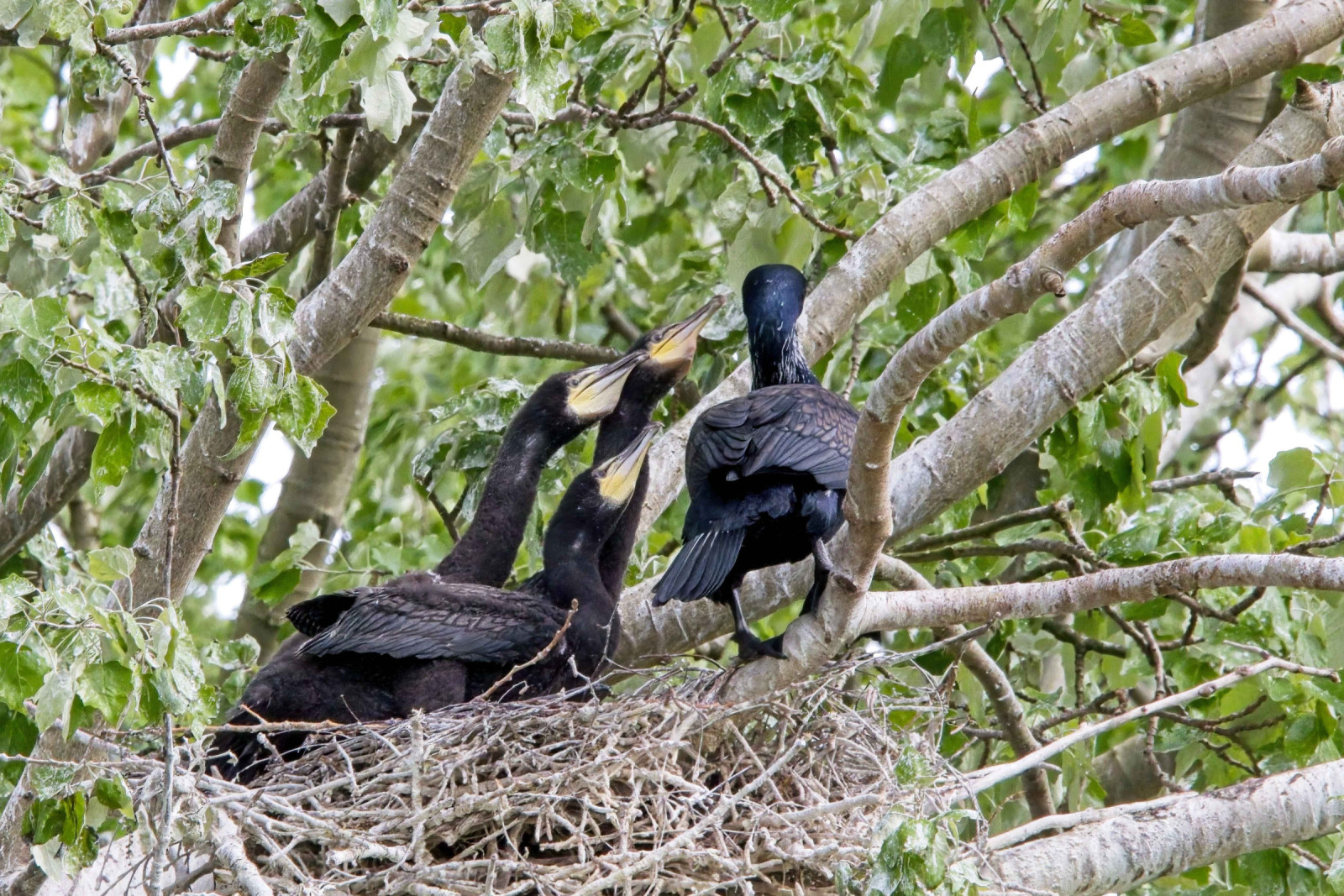Beschreibung
Located in the middle of the huge urban industrial area of the port of Hamburg, the Holzhafen was reconnected to the tidal river Elbe only in 2013 as a compensation area for the expansion of the motorway. Therefore the area is one of the most important wetlands in Hamburg. Depending on the time and season you can expect a great variety of waterbirds of all kind. Especially during migration season several species of ducks can be seen (especially Krickente, Löffelente and Brandgans in good numbers). Some days in spring see dozens of gulls (all species, including Schwarzkopfmöwe which breeds close by) and terns feeding from the water, Zwergseeschwalbe and Raubseeschwalbe are recorded. The adjacent bushy areas and reed belts used to be good spots to search for passerines as Blaukehlchen. Wanderfalke breeds in a nearby power pole and Fischadler is a reguar guests. Also different species of waders can be observed in smaller numbers.
Details
Zugang
An asphalted footpath (also accessible by bike) leads along the dike directly past the area and allows good views. Parking areas are close. Public transport (S Rothenburgsort, close to Hauptbahnhof) can be reached within reasonable distance.
Terrain und Habitat
Feuchtgebiet , Vereinzelte Bäume und Büsche , Fluss , Schilfflächen , Stadt/Dorf , SchlammflächenBedingungen
FlachRundweg
NeinIst ein Spektiv nützlich?
Möglicherweise hilfreichRoute
asphaltierte Straße , Normaler WegSchwierigkeitsgrad der Tour
EinfachErreichbarkeit
zu Fuß , Fahrrad , Auto , RollstuhlBeobachtungshütten oder -türme
NeinZusätzliche Informationen
Going by bike gives you the best opportunity to combine a visit of the Holzhafen with other great birding spots close by.






